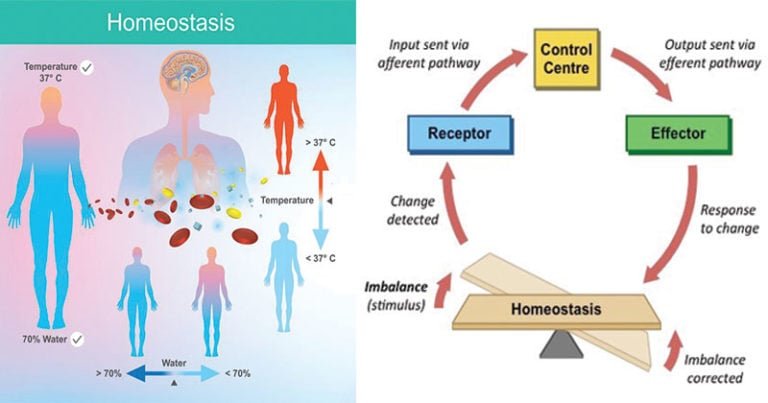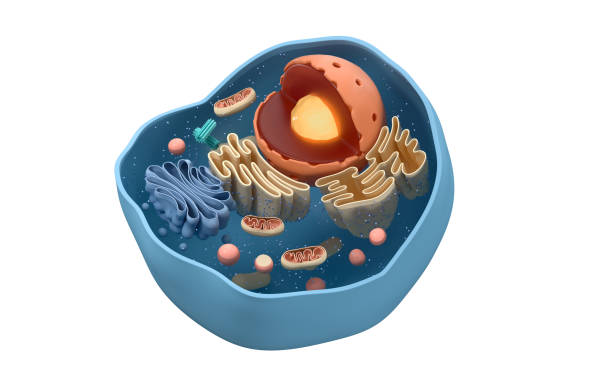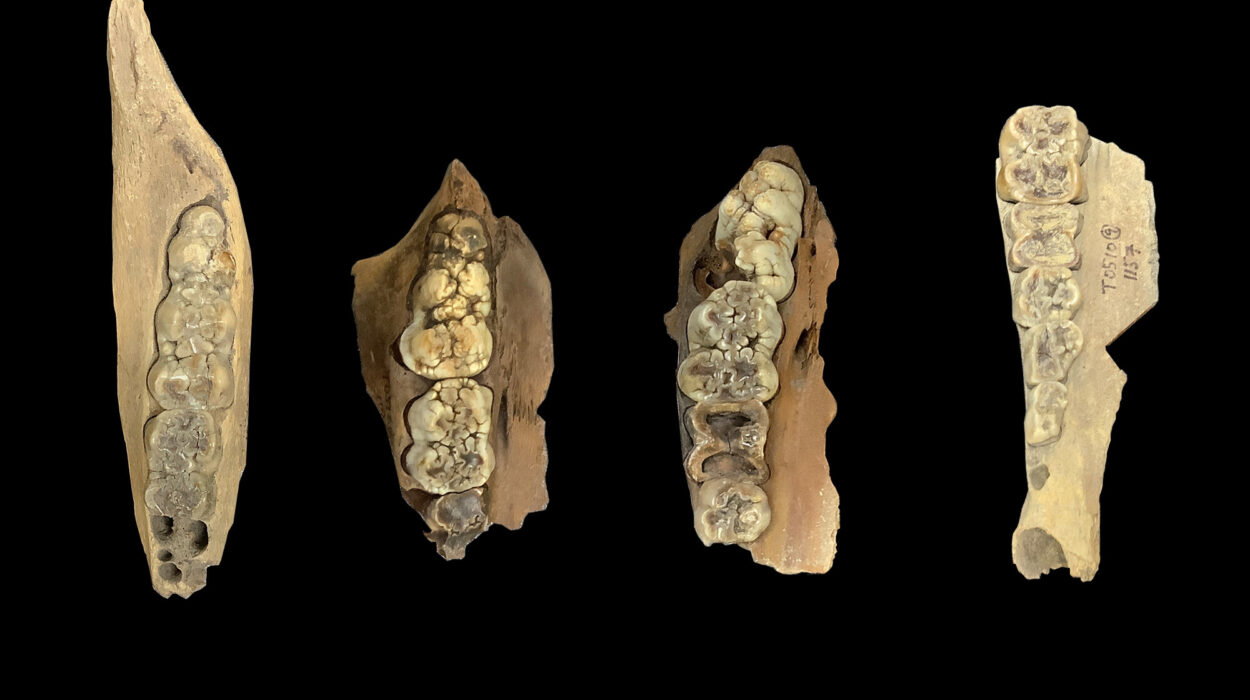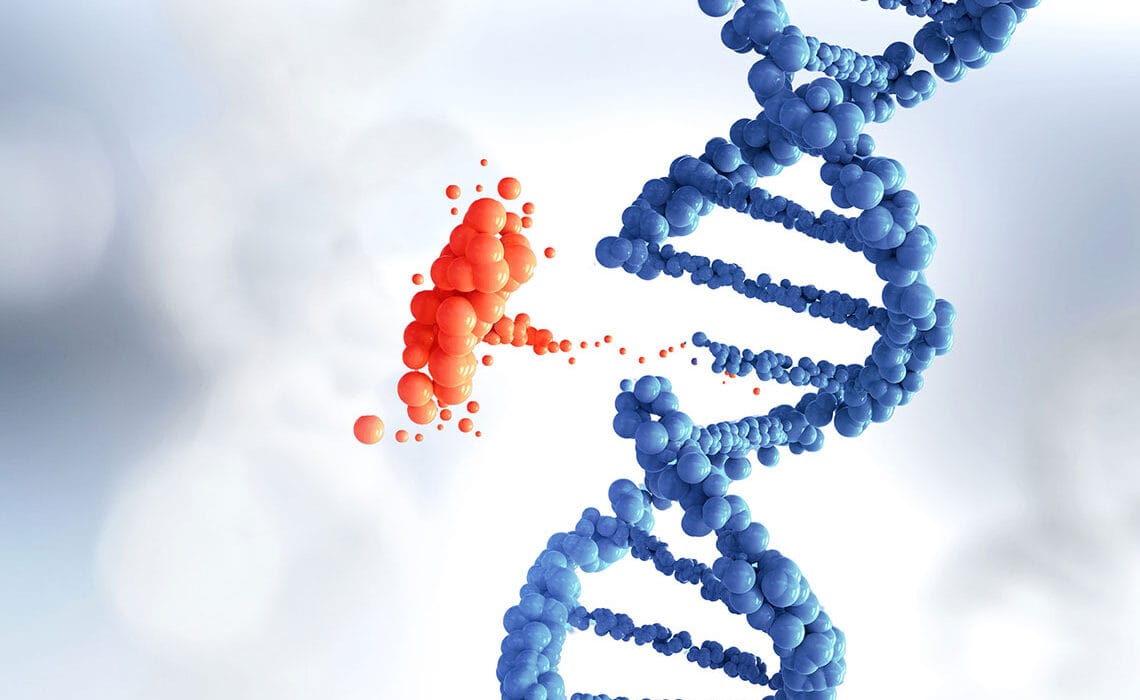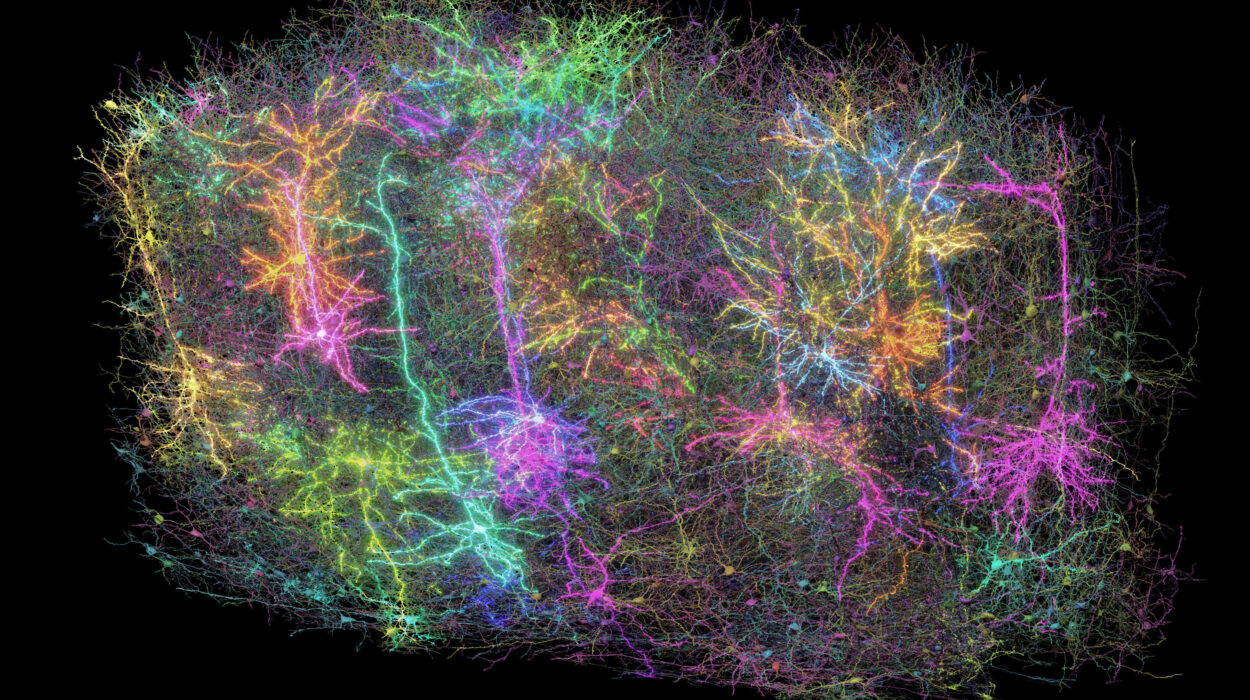Imagine you are walking through a desert, the sun beating down mercilessly, your body parched, your skin sweating. Now imagine you’re plunged into icy waters, your muscles tightening, your body shivering uncontrollably. In both extreme situations, your body strives towards one goal: to maintain a constant internal environment, a steady state known as homeostasis.
Homeostasis is one of the most extraordinary and essential features of living systems. Without it, life would be impossible. Organisms would be overwhelmed by changes in their environments, their internal chemistry descending into chaos. Homeostasis is the reason your blood sugar doesn’t spike uncontrollably after a meal, why your heart speeds up when you run, and why your body cools itself down when you’re overheated.
This fascinating, intricate balance—quiet, invisible, and continuous—is the secret to survival, growth, and health. In this deep dive, we will explore the science, systems, and significance of homeostasis, journeying into the complex networks of feedback, regulation, and adaptability that make life possible.
Understanding Homeostasis: Defining the Principle of Stability
The term homeostasis was coined by the American physiologist Walter Cannon in the early 20th century. Building on the work of French physiologist Claude Bernard, who emphasized the importance of a “constant internal environment,” Cannon introduced the term to describe the body’s ability to maintain stable internal conditions despite external changes.
At its heart, homeostasis refers to the biological process by which organisms regulate their internal environment to keep conditions within a narrow, optimal range. It’s not about maintaining an absolutely fixed state but about dynamic equilibrium—a continuously shifting, finely tuned balance.
Temperature, pH, blood glucose, oxygen levels, water balance, and ion concentrations are just a few examples of parameters that organisms must regulate. These variables fluctuate within a range but are kept from deviating too far, thanks to a complex interplay of sensors, control centers, and effectors.
The Components of Homeostatic Control Systems
For homeostasis to work, organisms rely on a standard control system that operates similarly to a thermostat regulating room temperature. This system includes three primary components: the receptor, the control center, and the effector.
The receptor detects changes in the internal or external environment. For example, temperature receptors in your skin and hypothalamus sense whether your body is getting too hot or too cold.
The control center processes the information and determines the appropriate response. In humans, the hypothalamus often acts as a major control center, particularly for temperature, thirst, and hunger.
The effector carries out the response that restores balance. If you’re overheated, sweat glands (effectors) are activated to release sweat and cool the body down through evaporation.
This control system typically operates through feedback loops, the core mechanism behind homeostasis.
Feedback Mechanisms: Negative and Positive Loops
Homeostasis relies primarily on negative feedback loops. These loops work by reversing a change, returning the system to its set point. Negative feedback is like a self-correcting thermostat: when the temperature drops below the desired setting, the heater turns on; when it exceeds the setting, the heater shuts off.
An example is blood glucose regulation. After eating, blood sugar rises. The pancreas detects this increase and releases insulin, prompting cells to absorb glucose, thus lowering blood sugar levels. When levels normalize, insulin secretion decreases.
Positive feedback loops, in contrast, amplify a change rather than reversing it. Positive feedback is less common in homeostasis because it tends to drive systems away from equilibrium, but it is crucial in specific situations. A classic example is childbirth. During labor, contractions stimulate the release of oxytocin, which intensifies contractions, leading to even more oxytocin release. This loop continues until delivery occurs.
Thus, negative feedback maintains stability, while positive feedback enables rapid and decisive events.
Thermoregulation: Keeping the Core Temperature Just Right
Temperature regulation is one of the most vital examples of homeostasis. Humans maintain a relatively constant core body temperature around 37°C (98.6°F), crucial for optimal enzyme activity and cellular function.
When body temperature rises, thermoreceptors send signals to the hypothalamus. The body responds by increasing sweat production, dilating blood vessels near the skin (vasodilation), and reducing metabolic heat production. Sweating cools the body through evaporation, while vasodilation helps disperse heat.
Conversely, when the body cools, vasoconstriction (narrowing of blood vessels) occurs to conserve heat. Shivering generates heat through rapid muscle contractions, and metabolic rate may increase to produce more warmth.
Thermoregulation showcases the elegance of homeostasis—a constant balancing act between heat production and heat loss.
Fluid Balance and Osmoregulation: Managing the Body’s Water Supply
Water is vital for life, and maintaining its balance is critical. Osmoregulation refers to the homeostatic control of water and solute concentrations in the body.
The kidneys are the principal organs responsible for osmoregulation. They filter the blood, reabsorbing water as needed and excreting excess in the urine. The hormone antidiuretic hormone (ADH) plays a pivotal role. When blood osmolarity (solute concentration) rises—such as after sweating heavily—ADH secretion increases, prompting the kidneys to conserve water.
In dehydration, water conservation becomes crucial, while in overhydration, the body excretes excess fluid to restore balance. Without precise fluid regulation, cells could either shrivel from dehydration or burst from excessive water intake.
Blood Glucose Regulation: Fueling the Body
Maintaining blood sugar within a narrow range is vital for providing cells, especially brain cells, with a steady energy supply.
After a carbohydrate-rich meal, glucose levels spike. In response, the pancreas releases insulin, a hormone that facilitates the uptake of glucose by cells and stimulates the liver to store glucose as glycogen.
When blood sugar drops—such as during fasting—the pancreas releases glucagon, which signals the liver to break down glycogen and release glucose into the blood.
This tight regulation prevents the extremes of hyperglycemia (high blood sugar) and hypoglycemia (low blood sugar), both of which can have serious health consequences.
pH Balance: The Acid-Base Tightrope
The body’s pH, particularly in the blood, must be maintained around 7.4—slightly alkaline. Deviations can disrupt cellular processes and even be fatal.
The body uses several mechanisms to maintain pH:
- Buffer systems (like the bicarbonate buffer) neutralize excess acids or bases.
- Respiratory regulation adjusts the exhalation of carbon dioxide, which influences blood acidity.
- Renal regulation by the kidneys adjusts the excretion of hydrogen ions and bicarbonate.
Homeostatic pH control is vital because even slight shifts can alter protein structures, enzyme functions, and electrical conductance in nerves and muscles.
Oxygen and Carbon Dioxide Regulation: Breathing Life
The levels of oxygen (O₂) and carbon dioxide (CO₂) in the blood must be carefully regulated to meet the body’s metabolic demands.
When CO₂ levels rise, the blood becomes more acidic. Chemoreceptors in the brainstem and arteries detect this and stimulate an increase in breathing rate and depth, expelling more CO₂ and restoring balance.
Oxygen levels are similarly monitored. If they drop, the body responds by increasing breathing and heart rates, ensuring sufficient oxygen delivery to tissues.
Through this respiratory control, the body maintains critical gas concentrations and blood pH—a beautiful example of homeostasis at work.
Homeostasis and Stress: The Role of Adaptation
Stress, whether physical or emotional, challenges homeostasis. The body’s response to stress, mediated largely by the sympathetic nervous system and the hormone cortisol, temporarily shifts priorities to cope with the threat.
The “fight or flight” response increases heart rate, blood pressure, and glucose availability, preparing the body for immediate action. Once the stressor is removed, homeostatic mechanisms return the body to its baseline state.
Chronic stress, however, can lead to homeostatic imbalance, contributing to diseases like hypertension, diabetes, and depression.
Thus, while homeostasis is resilient, it can be overwhelmed by persistent challenges.
Homeostasis Across Species: Different Strategies, Same Goal
All living organisms, from single-celled bacteria to blue whales, maintain some form of homeostasis. However, strategies differ.
Ectothermic animals, like reptiles, rely on external sources to regulate temperature, basking in the sun to warm up or retreating into shade to cool down.
Plants regulate water balance through opening and closing stomata, tiny pores on their leaves. They also adjust internal chemistry to survive droughts or saline environments.
Even microorganisms have homeostatic mechanisms. Bacteria regulate ion concentrations and membrane permeability to survive changing environments.
The universality of homeostasis across life highlights its fundamental importance to biology.
When Homeostasis Fails: Disease and Disorder
Homeostasis is not infallible. When it fails, disease often follows.
Diabetes mellitus is a classic example of disrupted glucose homeostasis, due to insufficient insulin production or response.
Heart failure can result from an inability to maintain blood pressure and perfusion.
Heatstroke occurs when thermoregulatory mechanisms fail under extreme heat stress.
Understanding these breakdowns offers insight into treatments aimed at restoring homeostatic balance, whether through medication, surgery, or lifestyle changes.
The Future of Homeostatic Research: Beyond the Basics
Modern science continues to unravel the mysteries of homeostasis, extending beyond traditional fields like physiology into systems biology, bioengineering, and artificial intelligence.
Researchers are developing bioartificial organs that replicate homeostatic functions. Meanwhile, smart implants and wearable devices monitor vital signs, offering real-time feedback to help individuals maintain balance.
In the realm of synthetic biology, scientists dream of designing organisms with tailor-made homeostatic controls, resilient to harsh environments or capable of producing useful compounds sustainably.
As our understanding deepens, we glimpse a future where mastering homeostasis could lead to healthier, longer lives—and perhaps even new forms of life itself.
Conclusion: The Silent Symphony of Life
Homeostasis is the silent symphony that plays within us, a complex, tireless performance ensuring stability amid constant change. It is the pulse beneath every heartbeat, the wisdom encoded in every cell, the unseen guardian of life.
Without homeostasis, chaos would reign inside living organisms, and life would be as fleeting as a spark in the wind. Thanks to the continuous vigilance of homeostatic mechanisms, however, life not only endures but thrives.
As we continue to explore the astonishing adaptability and resilience of living systems, homeostasis stands as a testament to the profound ingenuity of nature—a subtle, eternal dance of balance that makes life’s miracle possible.
